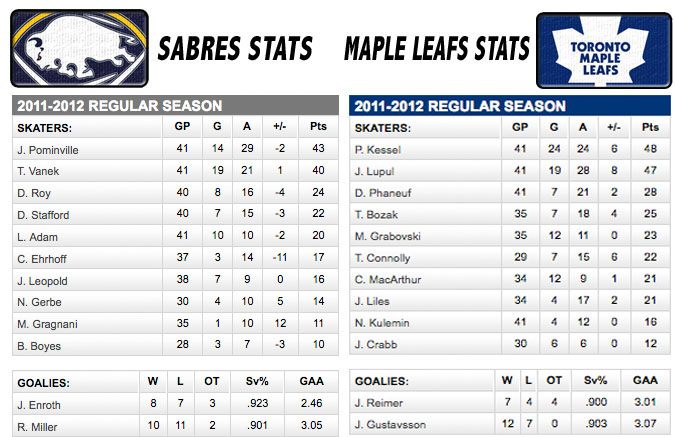I’ll have my customary season preview and record prediction post up the week before the regular season begins, but one of the reasons I’m not too optimistic about the 2014 Titans is I don’t expect the defense to be particularly good, or even necessarily as good as it was last year. Ray Horton is implementing a new defense, with few players selected specifically to fit his scheme. Further, as he’s noted throughout the offseason, he goes ahead and installs his entire defense the first year. That sort of thing often seems to result in a learning curve where players are still working out how to play successfully together and doesn’t produce the best results the first year. Our sample size from Horton is limited (conclusions off n=2, woohoo!), but what I saw supports this notion-his Arizona defense in 2011 his first year as coordinator ranked 20th by DVOA and his Browns defense in 2013 ranked 24th. Thus, I was surprised to hear Horton’s Browns defense described as a top ten unit.
It’s true, though. Horton’s 2013 Browns unit was officially the 9th-ranked defense according to the NFL’s official metric, which evaluates defense by total yards. I had no idea of this because I pay approximately zero attention to total yards as a method of evaluating teams. (Just for the record, my lack of respect for total yards antedates the existence of, not just my affiliation with, Football Outsiders.) Still, the puzzle is worth evaluating. Why did DVOA rate Horton’s Browns defense so lightly, and why did it look so good by total yards?
The first answer is an obvious and common culprit for any difference between yards and DVOA: strength of schedule. By Football Outsiders numbers, the Browns faced the third-easiest slate of opposing offenses in the league. The Bills, the Jets, two games against the Ravens, and the Jaguars gave them five games against the ten worst offenses in the league (by FO numbers). Playing against that sort of schedule, they would give up fewer yards. But we have VOA, DVOA minus the strength of schedule adjustment, and that tells us the Browns were 21st in the league. That’s better than 24th, but it’s still not 9th. Most of the puzzle remains.
Another reason is one that may seem odd at first, starting field position. The Browns, as you may have noticed, were not very good on offense. When a defense plays with an offense that isn’t very good, they tend to start out in worse position. The Browns had the fourth-worst starting field position in the league on defense. With fewer yards available, there are fewer yards to be gained. The differences in starting field position across the league may not seem that big, but across a sample size of 185 drives, it adds up. There are a couple ways we can try to adjust for this. One of these is to just add together the starting field position and the average number of yards allowed. Methodologically this is incredibly crude and has all sorts of problems, but it’s better than just ignoring field position completely. By that metric, the Browns ranked 19th in the league. Another, similarly crude methodology is to value defenses based on how many yards relative to how many yards are available. The Browns come out 13th in the league by that-better than DVOA, but still not a top ten defense.
A third reason is turnovers. These are very valuable things, and the 2013 Browns didn’t force many of them, ranking sixth-worst in the league on a per-drive basis. Any metric that excludes turnovers will rate the Browns more highly than one that includes them.
A fourth reason is red zone performance. By total yardage, there’s not a big difference between a drive that starts at a team’s own 30 and ends with a field goal on fourth-and-goal from the 5 as opposed to a touchdown. On the scoreboard and by DVOA, though, there’s a noteworthy difference between those two results. In the red zone last year, the Browns were pretty awful. They ranked 29th in points allowed per red zone possession (the Titans were 31st, by the way). Excluding any effect from the vagaries of field goal kicking, not under the control of the defense, they ranked 28th by touchdowns allowed per red zone possession (the Titans were 29th). Not many yards different, but a big real difference.
A fifth reason is game situation, specifically the difference it leads to in play-calling. The Browns were not a very good team overall. They went 4-12. They ranked 25th by average margin throughout the game (Chase Stuart’s Game Scripts metric). Teams that are trailing face more rushing attempts, which gain on average fewer yards, and fewer passing attempts. We can see this split in the Browns total stats for last year-relative to Norv Turner’s offense, Horton’s defense saw 114 more rushing attempts and 85 fewer called passes. Had opposing offenses thrown the ball 68% of the time like the Browns’ offense did instead of only 58% of the time, the Browns defense would have given up more yards.
There may be other compounding factors I haven’t discussed and even considered, but I believe those five combined go a long way towards explaining why a more comprehensive metric like DVOA may rightly view the Browns’ 2013 defensive performance less favorably than the NFL’s official total yardage metric. Feel free to continue to describe the 2013 Browns as having a “top ten defense” if you wish, but don’t expect me to share your belief or think that means anything for the 2014 Titans.
Add The Sports Daily to your Google News Feed!
